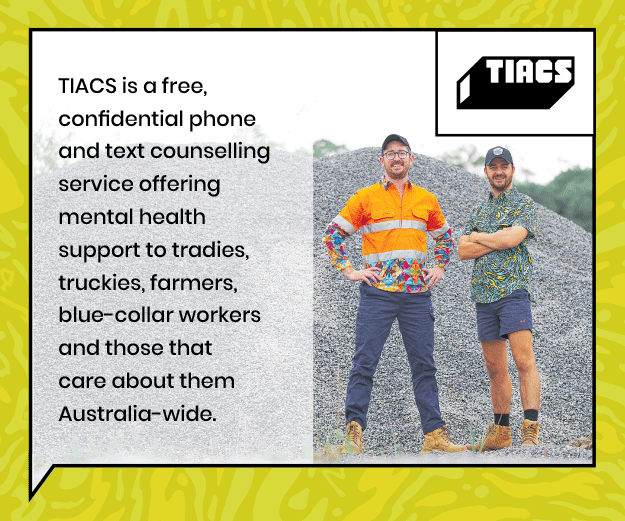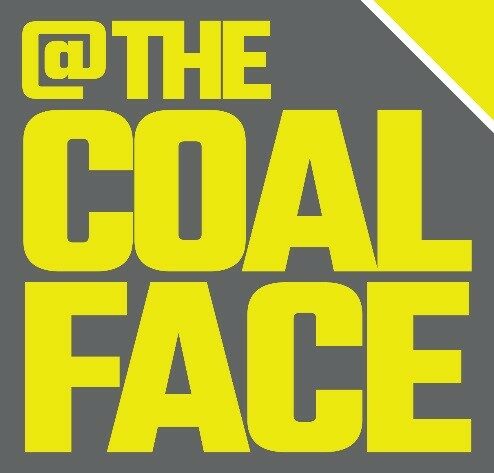Hearing loss is on the rise in Australia and around the world so it’s important we act now to reduce noise-induced hearing loss.
Hearing loss is the fourth largest cause of disability worldwide and has become so prevalent that even the World Health Organisation has taken notice. A recent report is predicting that disabling hearing loss will affect about 13% of the world population by 2030 and one in four Australians by 2050.
Identified as one of the biggest risk factors is noise-induced or industrial hearing loss, which, despite being entirely preventable, continues to be all too common. For those in our industry such as technicians, trades workers, machinery operators, drivers and labourers, the exposure risk is very high.
The danger with hearing loss is that it often occurs gradually through prolonged exposure to moderate or loud noise levels, so by the time sufferers notice a change in their hearing, the irreversible damage has already been done. Hearing loss may present itself as tinnitus, the hearing of phantom sounds, like ringing or static; or as hyperacusis, a reduction in tolerance for ordinary sounds.
These conditions are often debilitating for the sufferer and can lead to feelings of isolation, depression and if left untreated, even dementia in later life. Once recognising potential hearing loss, it takes sufferers on average seven years to seek professional help, so it is critical that prevention is a high priority.
For the one million Australians who work in loud environments, removing themselves from the sound hazard, while the best solution, is often not practical. Thankfully, there are steps that can be taken at both a business and personal level to protect hearing in these hazardous environments.
The employer is responsible for preventing over exposure to hazardous noise, which means not exposing a worker to sounds of more than 85 decibels over an eight-hour shift, nor to any sound above 140 decibels at any time. Personal protective equipment (PPE) also plays a critical role in preventing permanent industrial hearing loss.
There is a wide range of hearing protectors currently available. When selecting hearing protection, audiologist for Honeywell Industrial Safety, Theresa Schulz recommends measuring each individual’s daily protected exposure level, rather than using the labelled attenuation of the PPE to estimate how much protection workers should be getting from the hearing protector. Using the labelled attenuation is far less accurate, and can often lead to overprotection, which puts workers at risk of serious workplace accidents. ‘Communication, comfort, size, shape and ease of insertion should all be considered when selecting hearing protection,’ says Schulz.
So, when it comes to hearing protection, make sure your PPE is properly fitted, meets the requirements of the working environment and you are wearing the equipment properly because it’s not worth the risk.
Thanks to Honeywell Industrial Safety for providing us with the must hear information!













